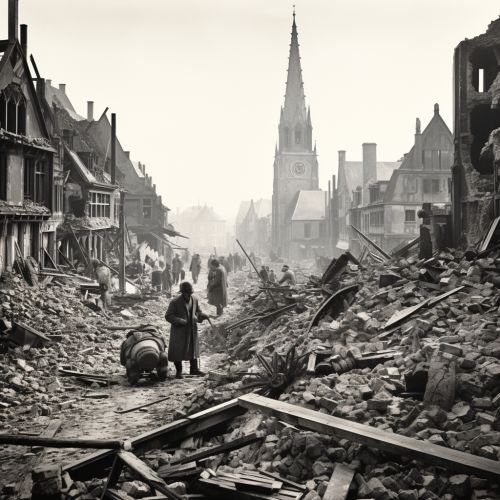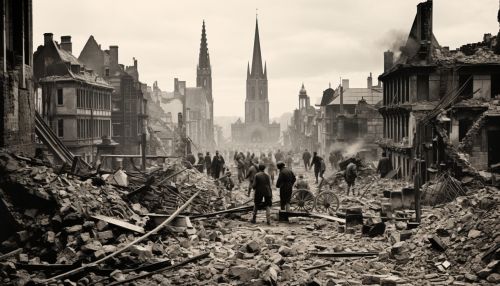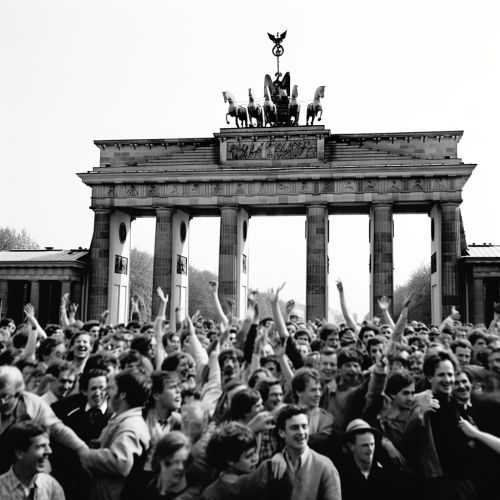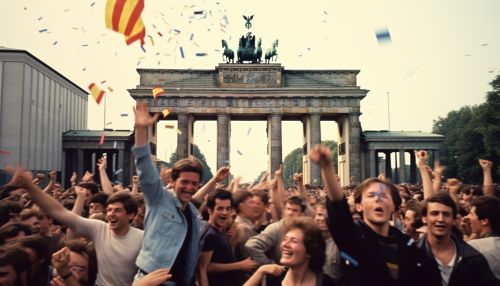History of Germany since 1945
Post-War Period (1945-1949)
Following the Second World War, Germany was divided into four occupied zones by the victorious Allied powers. The Soviet Union controlled the eastern part, while the western part was divided among the United States, the United Kingdom, and France. This period was marked by a significant shift in political, economic, and social structures, as well as the physical rebuilding of the war-torn country.


Formation of Two German States (1949-1961)
In 1949, the division of Germany was formalized with the establishment of two separate states: the Federal Republic of Germany (FRG) in the west, and the German Democratic Republic (GDR) in the east. The FRG, also known as West Germany, was a democratic state with a market economy, while the GDR, or East Germany, was a socialist state under the influence of the Soviet Union.
The Berlin Wall (1961-1989)
The Berlin Wall, constructed in 1961, became the most visible symbol of the division between East and West Germany. It was erected by the East German government to prevent its citizens from fleeing to the West, and its existence was a constant source of tension between the two German states and their respective allies.
Reunification (1990-Present)
The fall of the Berlin Wall in 1989 marked the beginning of the end for the division of Germany. In 1990, the two German states were officially reunited, marking a significant milestone in the history of Germany since 1945. The reunified Germany has since become one of the world's leading economies and a key player in the European Union.


